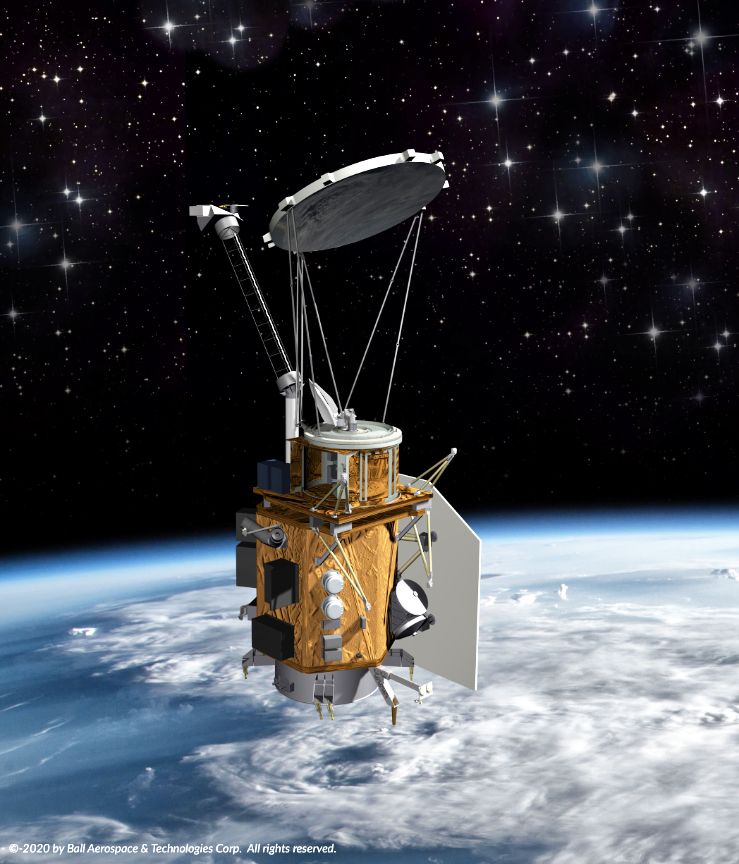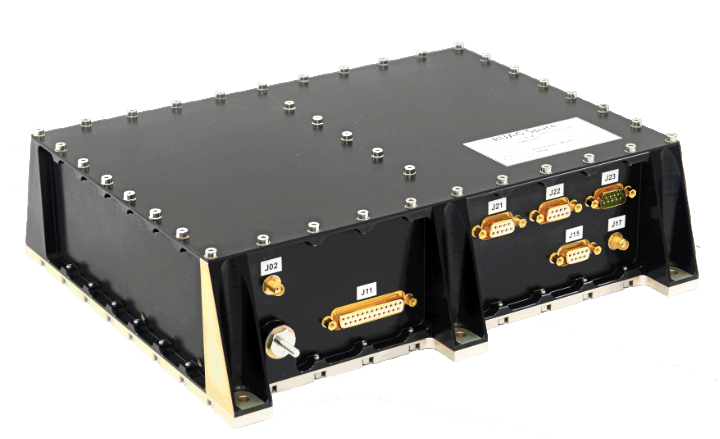
RUAG Space has been awarded a contract from Ball Aerospace to provide a navigation receiver for Weather System Follow-on — Microwave (WSF-M), a next-generation Department of Defense (DoD) operational environmental satellite system. Ball is the prime contractor for WSF-M, which will address critical space-based environmental monitoring (SBEM) requirements.

This contract comprises the production, test, and delivery of a Global Positioning System LEORIX Navigation Receiver. RUAG Space GNSS receivers have been functioning LEO applications for more than 15 years.

In 2019, RUAG Space began focusing on the U.S. Electronics market to reach a target segment that was previously hard to reach from Europe. RUAG Space now has a Denver-based Electronics team that contains Engineering and Project Management to meet U.S. requirements.
For the entire electronics portfolio – from onboard-computers, navigation receivers to antennas and more – RUAG Space now offers a direct technical interface and customer service to U.S. clients. This formula allows RUAG Space to utilize its global team of experts and creates a win-win situation globally for all customers.
Accurate environmental intelligence DoD weather satellites provide accurate, actionable environmental intelligence data that support U.S. military operations. The WSF-M mission is designed to specifically address three critical SBEM gaps: ocean surface vector winds, tropical cyclone intensity, and LEO energetic charged particle characterization, a space weather gap.
The navigation receiver will be built in Vienna, Austria, and is scheduled for delivery to Ball in September of 2021.
“Our Low Earth Orbit navigation receivers are the most precise receivers on the market,” said Luis de Leon Chardel, Executive Vice President ad interim, RUAG Space. “They can determine a satellite’s position in orbit with an accuracy of less than one meter.”
“Understanding weather and environmental conditions is key to protecting warfighters and enabling military operations,” said Allison Barto, WSF-M program manager, National Defense, Ball Aerospace. “When executing critical programs like WSF-M, we look forward to the highly collaborative work with our partners, suppliers and customers to ensure the success of the mission.”
“This contract is a breakthrough order for the U.S. electronics initiative and opens a pipeline for similar orders this year,” said Anders Linder, Senior Vice President Electronics at RUAG Space.
